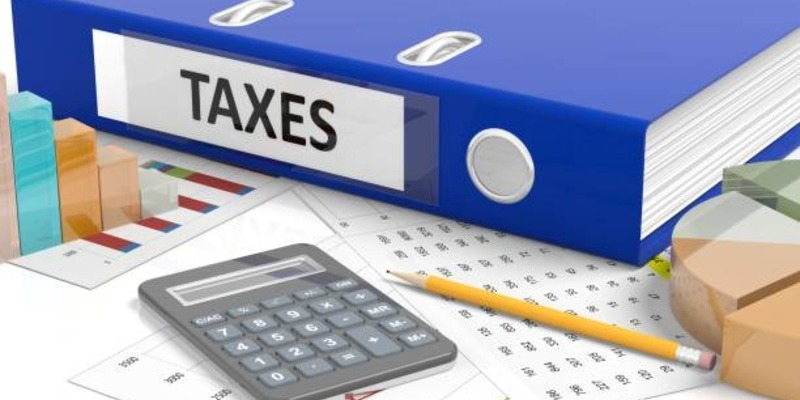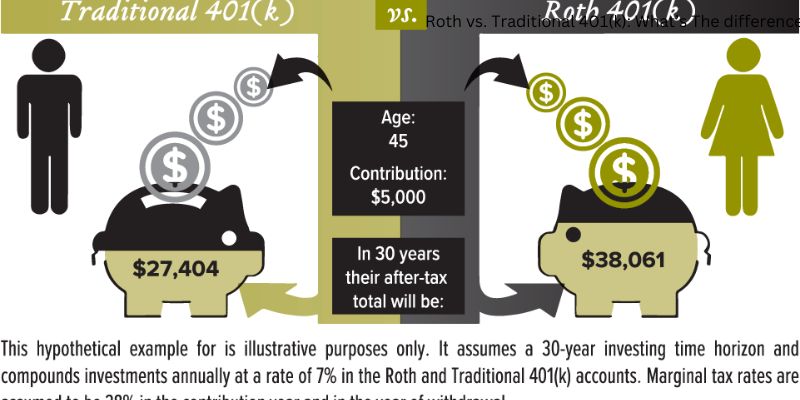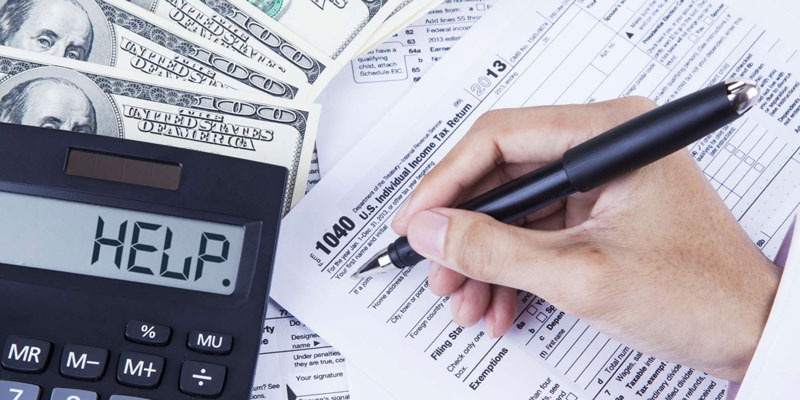Have you ever found yourself pondering why governments occasionally engage in substantial spending during economic crises or reduce interest rates to boost consumer spending? Well, it's all connected to a fundamental economic theory known as Keynesian Economics.
Fear not. The terminology might sound intimidating, but we're here to demystify it in plain language so you can grasp its core concepts with ease.
Understanding Keynesian Economics
Imagine you have a lemonade stand. On a sunny day, you sell lots of lemonade, and life is good. But what happens when it rains? Not many customers show up, and your earnings drop. That's a bit like how economies work. They have their sunny days of prosperity and rainy days of recession.
Keynesian Economics, named after the British economist John Maynard Keynes, is all about how governments can help during those rainy days. In simple terms, it suggests that when the economy is in a slump, the government should step in and spend money to boost demand. This, in turn, helps businesses thrive and people get jobs.
At its core, Keynesian Economics challenges the idea that markets always naturally balance themselves out. Instead, it says that sometimes, they need a little push in the right direction. Think of it as a gentle nudge for a better economy.
Keynesian Economics and the Great Depression
To truly grasp the essence of Keynesian Economics, let's journey back to the 1930s, a time when the world was gripped by the jaws of one of the most severe economic crises in history – the Great Depression. It was a period marred by mass unemployment, business bankruptcies, and pervasive hardship that cast a shadow over daily life.
Enter the visionary economist John Maynard Keynes. In the midst of this economic turmoil, he advocated for the government to take a proactive role. Instead of passively waiting for the economy to miraculously heal itself, Keynes urged governments to take bold action.

His prescription? Inject funds into public projects, generate employment opportunities, and breathe life back into a languishing nation. This approach was nothing short of a lifeline during those bleak days.
And the incredible part? It worked wonders! As governments worldwide embraced Keynesian principles, embarking on ambitious infrastructure projects and job creation initiatives, the slumbering economy began to stir. People regained their purchasing power, and businesses, once teetering on the edge, experienced newfound prosperity.
Keynesian Economics and Fiscal Policy
Fiscal Policy is a vital tool in the Keynesian toolkit. It's all about the government taking action by spending money during challenging economic periods.
Investing in Infrastructure and Services: Fiscal Policy involves various actions like building new infrastructure such as roads, bridges, and schools. It also includes investments in crucial sectors like healthcare and education. These initiatives are akin to your neighbor hosting a lively barbecue party on a rainy day, injecting life and optimism into the gloomy atmosphere.
Creating Jobs and Boosting Demand: The magic of Fiscal Policy lies in its ability to create jobs and put money directly into the hands of everyday citizens. When people have more money, they tend to spend it on goods and services they need. This surge in spending boosts overall demand in the economy, which is a key goal of Keynesian Economics.
Demand-Side Policy: Economists refer to this approach as a "demand-side policy" because it focuses on stimulating demand for goods and services. By increasing consumer spending, businesses benefit, leading to economic growth.

Borrowing to Finance Spending: One challenge with Fiscal Policy is that to finance these government expenditures, it may be necessary to borrow money. This can result in budget deficits, where the government spends more than it collects in revenue.
Long-Term Economic Health: Keynesians argue that despite the short-term budget deficits, the long-term benefits of a healthier, more vibrant economy outweigh the costs. They believe that by kickstarting economic activity during tough times, governments can ultimately achieve a better economic balance.
Keynesian Economics and Monetary Policy
Let's break down the role of monetary policy in the Keynesian toolkit with some key points:
Complementing Fiscal Policy: Besides Fiscal Policy, another critical tool in the Keynesian toolkit is monetary policy. While Fiscal Policy deals with government spending and taxation, monetary policy focuses on manipulating interest rates.
Interest Rates: The Candy Store Analogy: Think of interest rates like the price of your favorite candy at a store – they can fluctuate. When the candy is cheap, you're more likely to buy more, right? Similarly, central banks use interest rates to influence economic behavior.
Lowering Interest Rates During a Slump: In times of economic downturns, central banks, such as the Federal Reserve in the U.S., may choose to lower interest rates. Lower interest rates make borrowing money cheaper for businesses and individuals. This, in turn, encourages borrowing for activities like expanding businesses or buying homes and cars.
Raising Interest Rates to Curb Overheating: Conversely, when the economy is on fire and inflation is rising too rapidly, central banks may opt to raise interest rates. Higher interest rates translate to more expensive borrowing, causing people and businesses to think twice before taking out loans for various purposes. This gentle brake on spending helps prevent the economy from overheating and spiraling out of control.
Monetary Policy as the Gas Pedal: Think of monetary policy as the adjustment of the gas pedal in a car. When you need to accelerate, you press it, and when you need to slow down, you ease off. In the economic realm, central banks play the role of the driver, ensuring that the economy maintains a steady and balanced pace by fine-tuning interest rates.
Conclusion
Keynesian Economics, in a nutshell, champions government intervention in challenging economic times to rev up demand, foster job growth, and maintain a well-oiled economic machine. While it's not a panacea and does face criticism, it has proven vital in steering nations through dire economic straits, notably exemplified during the Great Depression.




